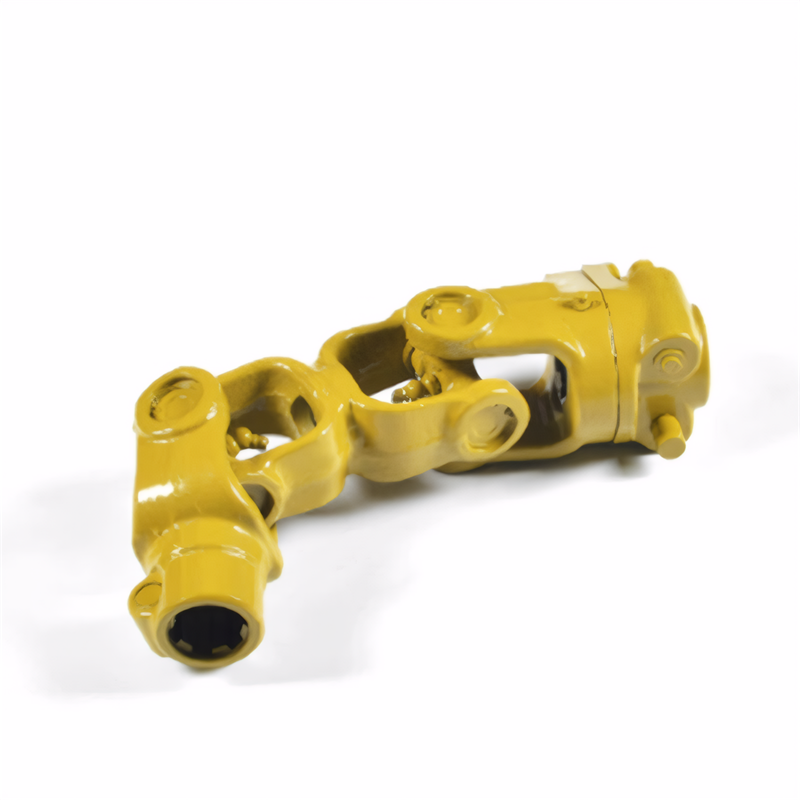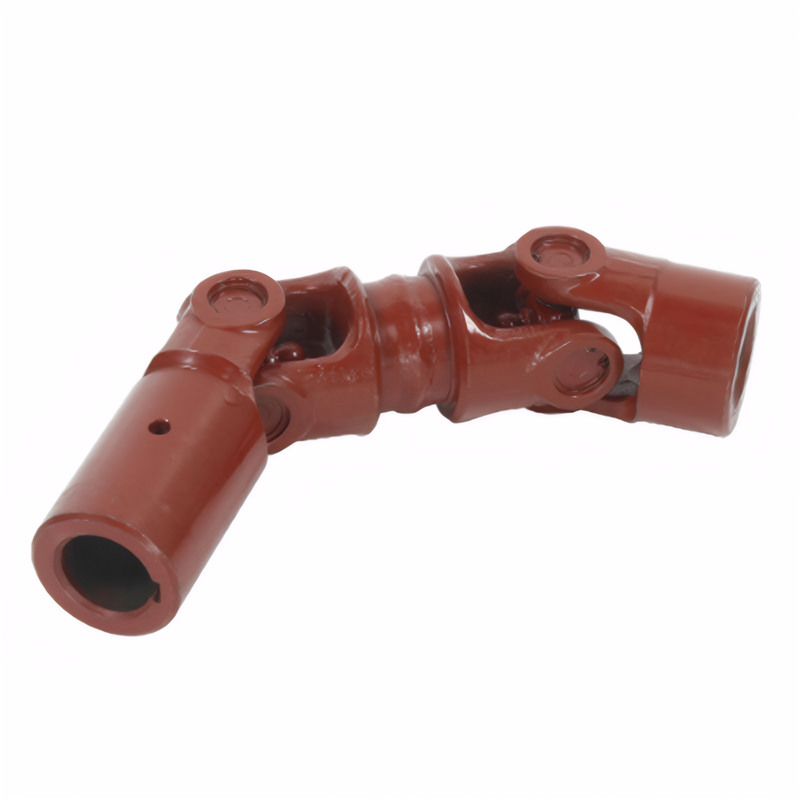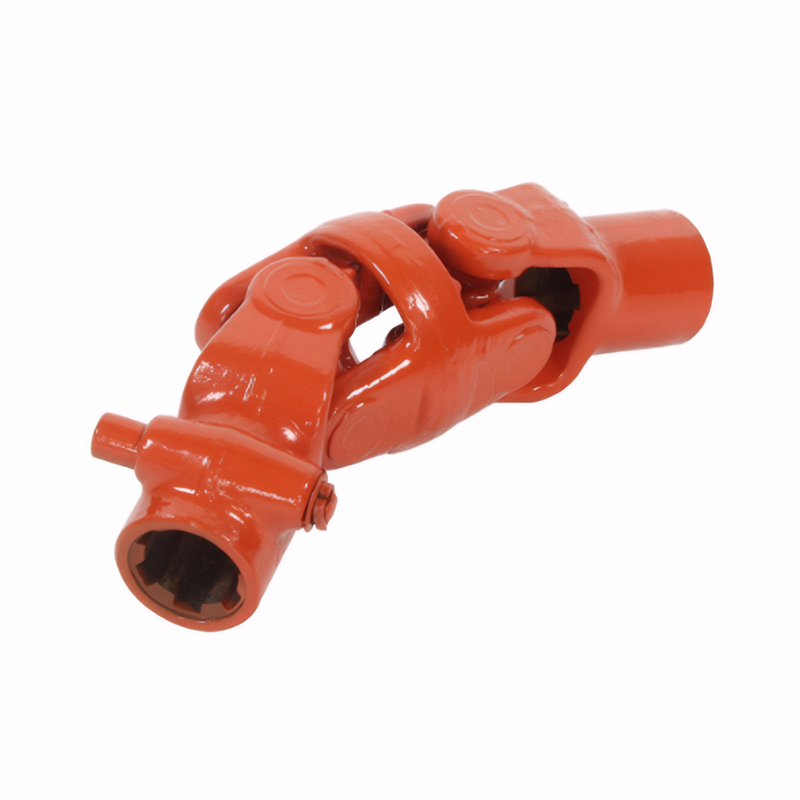Sealing treatment for oil leakage in the drive shaft
Sealing Solutions for Driveshaft Oil Leaks: A Comprehensive Guide
Driveshaft oil leaks are a common automotive issue that can lead to severe mechanical failures if left unaddressed. From compromised lubrication to accelerated component wear, the consequences of oil seepage demand immediate attention. This guide explores the root causes of driveshaft leaks and provides actionable sealing strategies based on industry expertise and technical insights.
Understanding the Causes of Driveshaft Oil Leaks
1. Degraded Sealing Components
The primary culprits behind driveshaft leaks are worn-out seals and gaskets. Rubber seals, particularly those at the transmission or differential ends, degrade over time due to heat exposure and chemical breakdown. For instance, a 2024 study revealed that 68% of driveshaft leaks stem from cracked or hardened oil seals. Similarly, gaskets between transmission housings and driveshafts may lose elasticity, creating pathways for oil escape.
2. Improper Installation or Assembly
Even new seals can fail if installed incorrectly. A misaligned seal during driveshaft replacement may not sit flush against mating surfaces, allowing oil to bypass the barrier. Technical manuals emphasize the importance of using specialized tools to press seals into place without distorting their shape. Additionally, overtightening bolts during reassembly can warp flanges, disrupting the seal’s integrity.
3. Mechanical Damage to Driveshaft Components
Physical damage to the driveshaft itself—such as bent yokes or scored splines—can disrupt seal contact. A 2025 case study documented a commercial vehicle where a damaged universal joint caused the driveshaft to wobble, eroding the seal lip over time. Similarly, abrasive debris lodged between the seal and shaft can score surfaces, creating leak channels.
Step-by-Step Sealing Techniques
1. Seal Replacement Protocol
Replacing degraded seals is often the most effective solution. Begin by draining the transmission or differential fluid to prevent contamination during disassembly. Use a seal puller to remove the old component without gouging the housing. Before installing the new seal, inspect the bore for burrs or corrosion, and lightly lubricate the seal lip with transmission fluid to ensure smooth engagement. Press the seal into place using a block of wood and a hammer, ensuring it sits flush with the housing surface.
2. Addressing Installation Errors
If leaks persist after seal replacement, re-evaluate the assembly process. Verify that the driveshaft is centered within the transmission or differential using a dial indicator. Misalignment exceeding 0.005 inches can cause uneven seal wear. For vehicles with adjustable slip yokes, ensure the driveshaft length matches factory specifications to prevent axial stress on seals.
3. Repairing Mechanical Damage
Minor surface imperfections on the driveshaft can often be polished out using emery cloth. For deeper grooves, consider having the shaft re-chromed or replaced. If universal joint wear is causing misalignment, replace the entire u-joint assembly rather than attempting to salvage worn components. Always torque bolts to manufacturer specifications to avoid flange distortion.
Advanced Troubleshooting for Persistent Leaks
1. Pressure Testing the System
A pressure tester can help identify elusive leaks by pressurizing the transmission or differential to 15-20 psi. Bubbles emerging from seal areas confirm the leak’s origin. This method is particularly useful for detecting intermittent leaks that only appear under load.
2. Evaluating Ventilation Systems
Blocked crankcase ventilation can increase internal pressure, forcing oil past seals. Inspect the PCV valve and ventilation hoses for clogs. A 2024 technical bulletin noted that 22% of driveshaft leaks in high-mileage vehicles were traceable to ventilation issues. Cleaning or replacing these components often resolves the problem without seal replacement.
3. Upgrading to High-Temperature Seals
For vehicles operating in extreme conditions, consider upgrading to silicone or fluorocarbon seals. These materials withstand temperatures 30-50°F higher than standard neoprene seals, reducing premature failure rates. However, ensure compatibility with your vehicle’s fluid specifications before installation.
Proactive Maintenance to Prevent Future Leaks
1. Regular Inspection Intervals
Include driveshaft seals in your routine undercarriage checks. Look for oil residue on the differential housing or transmission tailshaft. Early detection allows for minor repairs before leaks escalate.
2. Fluid Quality Management
Contaminated or degraded fluids accelerate seal wear. Follow manufacturer recommendations for fluid replacement intervals, and use filters rated for your vehicle’s specifications. Synthetic fluids often provide better seal compatibility than conventional oils.
3. Driving Habit Adjustments
Avoid abrupt throttle inputs or hard launches, which subject driveshafts to torsional stress. For off-road vehicles, install skid plates to protect seals from rock impacts. These precautions extend seal life by reducing mechanical and thermal strain.
By systematically addressing the root causes of driveshaft leaks and implementing precise sealing techniques, you can restore component integrity and prevent costly repairs. Whether tackling a minor seep or a major leak, a methodical approach ensures long-lasting results.
 Accuracy requirements for the
Accuracy requirements for the
 Selection of universal joint t
Selection of universal joint t
 Standard for coaxiality error
Standard for coaxiality error
 Requirements for the surface r
Requirements for the surface r
 简体中文
简体中文 English
English
